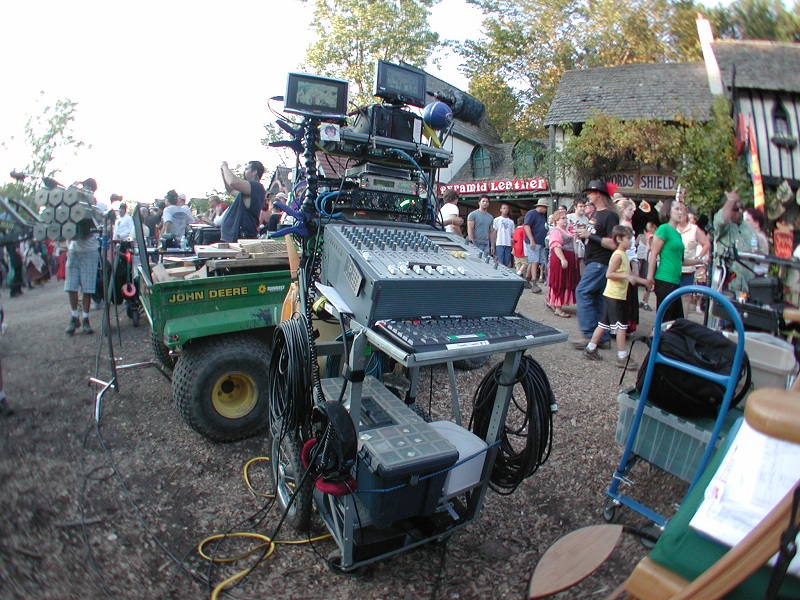
The Locations Department works closely with the Production Designer and starts work well in advance of principal photography. The Department consists of the Locations Manager, assistant managers, and some number of location scouts. On a small project there may be only one person filling those roles, while on large films the team can be international.
Location Scouts seek out, and usually photograph, interior and exterior locations that fit the needs of the story per the descriptions in the script and other parameters defined by the creative team. They then report back, and the Location Manager organizes one of more scouts (same word, different meaning) for the production keys to visit and view the prospects. Then the Location Manager negotiates the contracts for use of the places that are suitable.
There are many considerations in addition to the visual appeal of any location. These include logistical concerns, like travel distance, available parking or space for a base camp, places for the trucks and equipment, along with the ability to permit the place. Along with dealing with the property owner, the Location Manager must also ensure filming permits are in order, and inform the local residents of the shooting plan, as will be defined by the permits. They are also responsible for working out the directions to the base camp, and having signs put up (and taken down) to guide the crew.
Location Managers need a good filmic eye, familiarity with the general needs and procedures of any film production, very strong attention to detail, and great people skills to be able to negotiate. It is helpful to have knowledge of architectural styles and history. The hours tend be long – someone from the locations department should be available on set at all times, including during wrap. During the shoot that person will be the liaison between the owner and the crew, as well as the troubleshooter when a neighbor decides to obstruct shooting. Regionally based Location Managers will have a very strong local knowledge, and familiarity with their own region, knowing not only where the good shooting locations are, but also where the services and vendors are located. Sometimes there is overlap between the Locations Manager and Production when things like catering or accommodations are also needed.
To become a Location Manager, start as a PA attached to the Locations Department. Learn about permits and contracts and attend all Location scouts and production meetings. Be good with maps and navigating and learn how to take good location photos. This is a job that you can work your way up to by working repeatedly with a great Location Manager, until you have a big enough network to branch out on your own. It may be that green screens are replacing some locations, but the realism and depth of detail that a real place has, especially for contemporary dramas, means that shooting on location going to continue to be an important part of film art.
Here is a great slide show explaining the duties in more detail, and here is my earlier article of cautionary tips for homeowners considering allowing their place to be used as a filming location.
This is the last post for this year, 2018. I hope you have enjoyed the stories and found the information useful in your journey to working in entertainment. Stay tuned for more in the New Year, and very happy Holidays to all who celebrate.
Go Here to sign up for my new email list and receive a great resource list including links to networking groups, my favorite listing service, and about 100 international film festivals.
